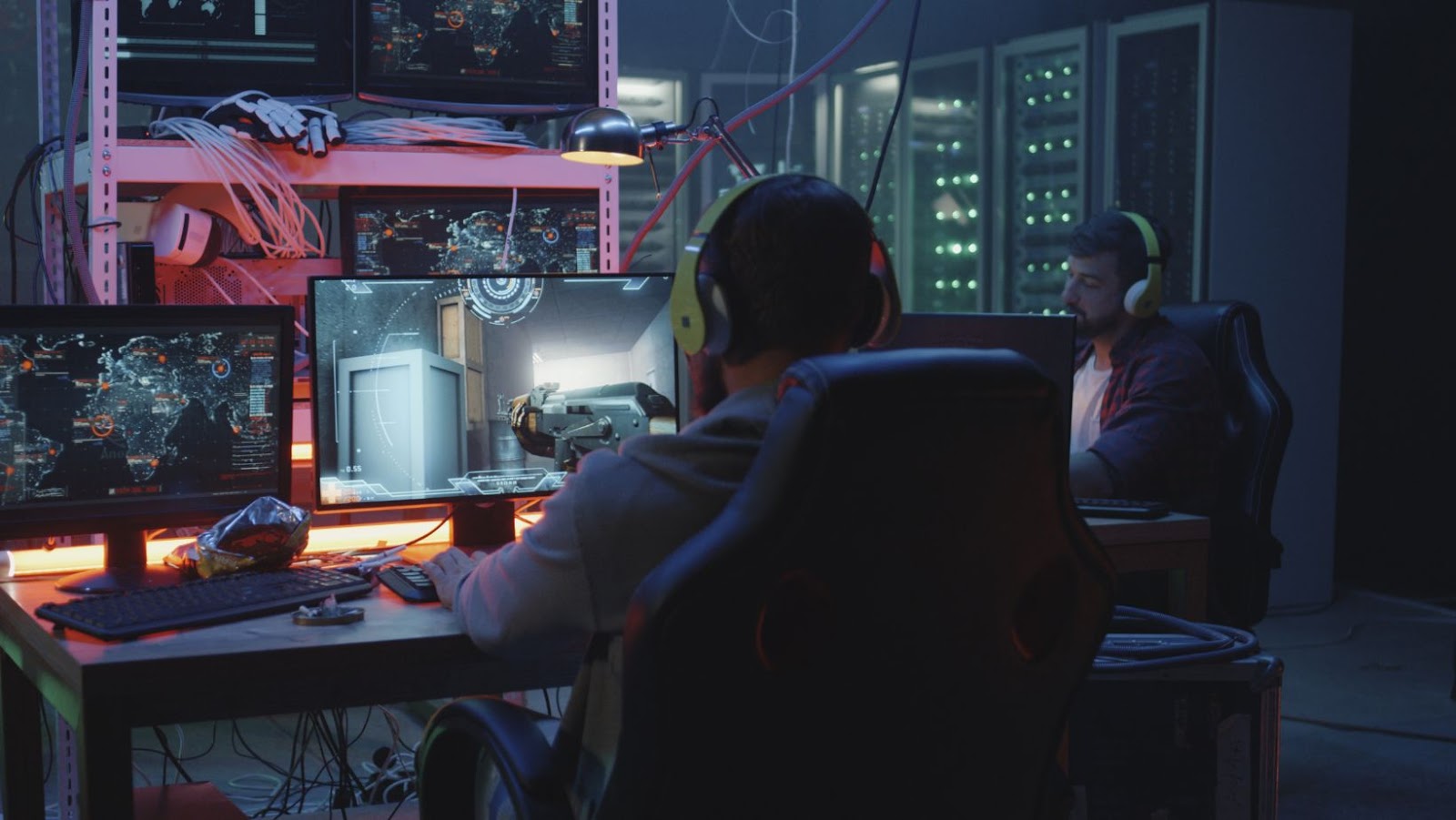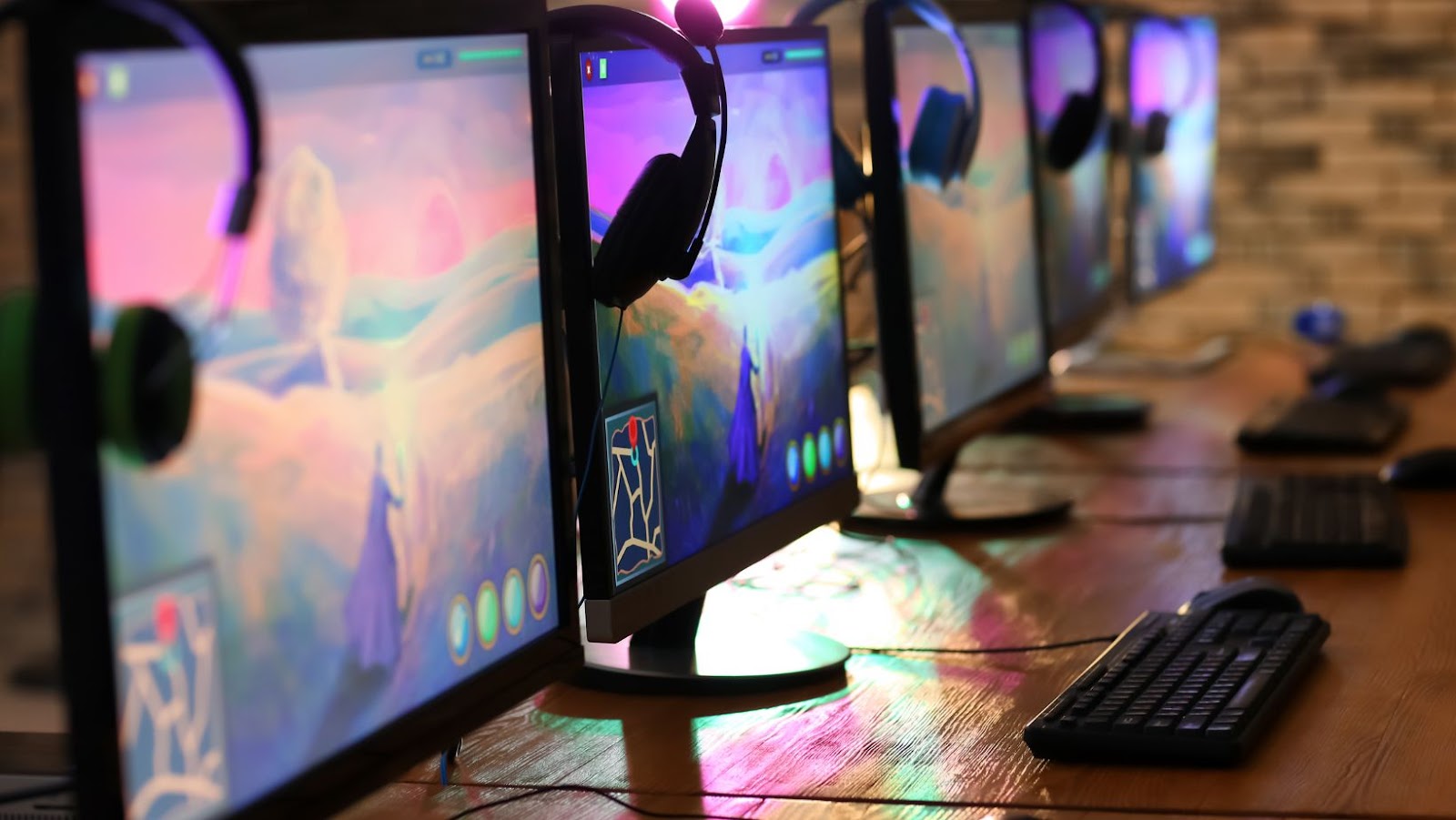 What Does More RAM do for Gaming
What Does More RAM do for Gaming
RAM, or Random Access Memory, forms a core component of any computing device, consoles and gaming PCs included. As a type of volatile memory, RAM allows data to be accessed in any sequence, giving it an edge over other types of storage media. For instance, traditional hard drives store data sequentially and would struggle to quickly load complex gaming environments. RAM’s capability to instantaneously retrieve any piece of information, whether it’s 3D models of landscapes or texture maps for characters, spells out more enjoyable gaming experiences.
What Does More RAM do for Gaming? The significance of RAM in the gaming domain mirrors the massive amounts of data that modern games handle. Games now feature large open worlds, intricate character models, and realistic physics simulations, all of which demand a substantial amount of memory. More RAM gives your gaming setup the muscle it needs to smoothly run these data-intensive games. Technically, every action in a game, from an NPC’s dialogues to the player’s movements, is stored temporarily in the RAM for immediate retrieval. Consequently, having enough RAM not only results in seamless gameplay but also reduces the occurrence of lags or freezing episodes.
 Impact of RAM on Game Performance
Impact of RAM on Game Performance
Moving further, it’s observed that RAM plays a pivotal role in game performance, affecting not only the speed of gameplay but also the visual aspects of games.
What Does More RAM do for Gaming? For a game to run smoothly, data required by the game needs to be regularly accessed, loaded, and processed. Here, RAM comes into play. It stores the gaming data temporarily, making it easier for the CPU to retrieve and process the information at a fast pace. For instance, in a game like The Elder Scrolls V: Skyrim known for large gaming worlds, a system with increased RAM can load map details faster, leading to seamless gaming with minimal pauses. Thus, more memory facilitates the quick loading of game components, providing an enhanced gaming experience.
Apart from impacting game speed, RAM has a profound effect on game visuals. When there’s ample RAM available, games that come with expansive graphical elements can function exceptionally well. Take, for example, a versatile game like Destiny 2, which boasts high-definition graphics and intricate visual effects. A system with higher RAM can manage these graphics efficiently, thereby avoiding any glitches and contributing to more clear, immersive visuals.
 What More RAM Does for Gaming
What More RAM Does for Gaming
What Does More RAM do for Gaming? Stepping beyond the foundational understanding of RAM’s pivotal role in gaming, it’s time to dig deeper into the specific actions more RAM imparts in compelling gameplay.
Upgrading RAM directly influences the gaming experience. First, seamless gameplay becomes possible, as more RAM reduces stuttering and frame drops common in games like “Assassin’s Creed Odyssey” and “Final Fantasy XV”, known for their complex open-world environments. Second, faster loading times are another benefit of having extra RAM. In graphic-intensive games such as “The Witcher 3”, more RAM ensures rapid rendering of detailed game environments providing an uninterrupted gaming flow. Finally, it’s the high-definition experience. Robust RAM enables games with demanding graphics, such as “Far Cry 5”, to run in their full visual splendor, enhancing the visual aesthetics of the gaming experience.
Contrariwise, there can be drawbacks tied to excessive RAM’s incorporation into gaming systems. For starters, unnecessary costs are incurred if the extra RAM’s capacity is underutilized. Not every game requires vast RAM quantities: for instance, less detailed game environments like those in “Among Us” don’t significantly benefit from excessive RAM. Furthermore, potential incompatibilities might arise if the gaming device’s other components – such as the CPU or GPU – aren’t upgraded in parallel with RAM. This might cause system bottlenecks, hindering the overall gaming performance. Lastly, there’s a risk of power usage increase, with higher power consumption associated with larger RAM sizes, contributing to additional running costs. The right amount of RAM depends on the type of game and the current RAM usage. While upgrading RAM can provide a noticeable boost in performance, it’s essential to consider compatibility and potential drawbacks such as increased power consumption.